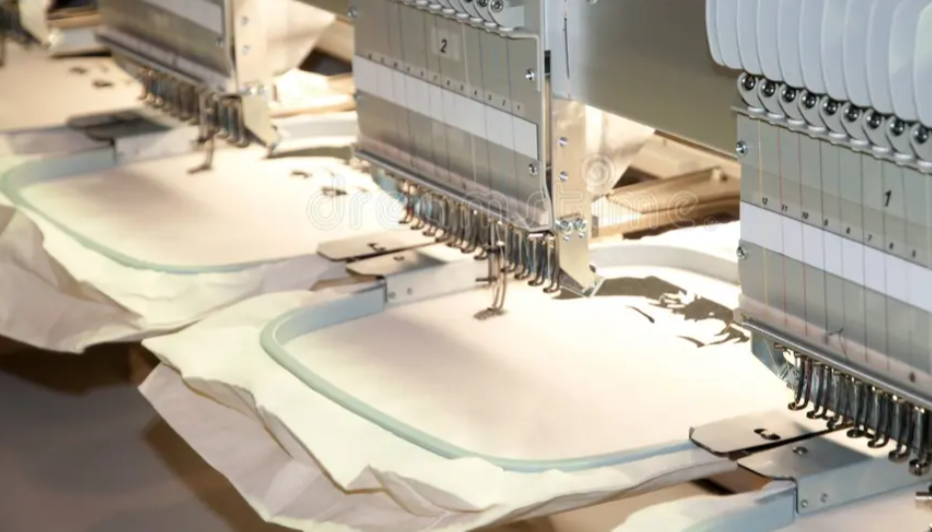
What embroidery material is best to do crests?

Creating high-quality embroidered crests requires the right combination of material and stabilizer to ensure the design is crisp, durable, and holds its shape.
Crest & Appliques
Best Materials for the Crest Itself
The best material for the crest is typically a strong, tightly woven fabric that can handle a high stitch count without puckering or distorting.
Twill: This is the most common and arguably best material for embroidered crests. It’s a durable, cotton-polyester blend with a diagonal weave that provides a solid foundation for dense embroidery.
Felt: Felt is another excellent option. It doesn’t fray, which allows you to create patches with clean, finished edges by cutting and burning the edges.
Canvas or Denim: These heavyweight cotton fabrics are very strong and can support dense embroidery designs well, making them a good choice for durable crests.
Best Stabilizers for the Crest
The stabilizer, or backing, is just as important as the fabric itself. It is the foundation that holds the stitches in place and prevents the fabric from shifting or puckering.
For crests, which are dense and often have high stitch counts, you need a strong, permanent stabilizer.
Cut-Away Stabilizer: This is the go-to choice for crests and any design with a high stitch density. It is a non-woven, permanent stabilizer that provides maximum support during and after the embroidery process. You cut away the excess stabilizer after the design is finished, and the remaining portion stays with the crest to maintain its shape and prevent puckering, even after repeated washing.
The Best Way to Create a Crest
Many crests are embroidered as patches and then applied to garments. The best practice for this is to:
Hoop the stabilizer: Use a heavy-duty cut-away stabilizer in your embroidery hoop.
Lay the material: Place the twill, felt, or other crest material on top of the hooped stabilizer and secure it with a light adhesive or basting stitch.
Embroider the design: Run your embroidery program. The stabilizer will prevent the fabric from moving under the high-speed stitching.
Finish the patch: After the embroidery is complete, remove the hooped material, trim the excess stabilizer and fabric, and use a heat-seal adhesive or a merrowing stitch to finish the edges of the crest. This allows you to create a professional-looking patch that can be applied to different items.
In summary, for the best results, use twill or felt as your main material, backed by a heavyweight cut-away stabilizer. This combination will give you a professional, durable, and long-lasting embroidered crest.
#embroiderymaterial #embroideryapplique # embrroiderypatch #twill #embroiderycrestmaterial
